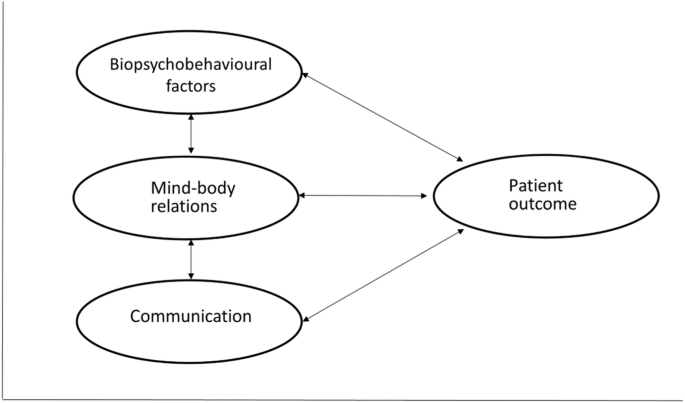Microscopic pollution from airplanes at Logan Airport poses risk

Microscopic pollution spewed from airplanes taking off and landing at Logan International Airport poses a risk to public health, including asthma, heart problems, and other severe medical conditions, experts said at a meeting in East Boston Thursday night.
The dangerous pollutants, known as Ultrafine particles (UFPs) are smaller than the width of a human hair, but can do a lot of damage, Douglas Brugge, a public health professor at the University of Connecticut, told those gathered in the auditorium at Mario Umana Academy.
Ultrafines are unregulated, underappreciated, and understudied, said Brugge, who has studied in Massachusetts and other states. They are linked to 4.2 million deaths per year, and can also cause cognitive delays and declines, he said.
About 24 people attended the meeting hosted by the Massport Community Advisory Committee while another two dozen or so watched online.
A panel of scientists, educators, state environmental officials, and community activists, explained the current state of the research into ultrafines, discussed health impacts, and explored the need for regulatory standards during the 2 1/2 hour public meeting.
The Environmental Protection Agency has not established a National Ambient Air Quality Standard for ultrafine particles and does not require states to monitor them. Even so, the state began its own monitoring program earlier this year, focusing on four existing air monitoring stations near busy highways in Dorchester, Chinatown, Chelmsford, and Springfield.
These tiny particles enter through the lungs but because of their size — just 100 nanometers — they can quickly travel throughout the body. They can enter the bloodstream even faster than other forms of particulate matter and increase the risk of respiratory and cardiovascular diseases, neurological conditions, diabetes, complications in pregnancy, and — if exposed in utero — low birthweight, according to recent research.
Kevin Lane, an associate professor of environmental health at Boston University, said there is “a big disconnect on how we can get to policy and regulations.”
He has been studying ultrafine particles associated with Logan, with the hope of better understanding the extent of the problem and the public health risk.
Gaps in funding and other factors have hindered the nuanced exposure monitoring and improved health studies needed in order for the research to drive policy, Lane said.
“If we want to push things at a state level or federal, we need that health linkage to be solid,” Lane said.
Logan presents a unique problem, compared with many airports, because of how it is knitted into the city. When it comes to making a flight on time, that’s a big plus. But when it comes to the dangerous pollutants that can be emitted from the hundreds of thousands of flights each year, it’s a different story.
When planes take off and land they emit plumes of ultrafine particles that are just beginning to be understood. In Boston, those plumes can extend roughly six miles, Lane told the Globe in a prior interview.
“It’s really dependent on how the wind is blowing, if you’re going to be impacted or not,” said Lane, whose 2023 study found “strong but intermittent contributions” of ultrafine particles from arriving airplanes in nearby communities.
During a Q&A session at the end of the two-hour meeting, local resident Evan Ross lamented the lack of a “regulatory forcing function.”
“I don’t live in East Boston. I bike in East Boston, so I breath up UFPs that way,” Ross said. “It’s very disappointing for the people in the room who breathe this stuff every day to have to listen to these highly sophisticated results, knowing that the conversation at the federal level is going nowhere.”
For years, the state Department of Environmental Protection has been monitoring air quality at 24 sites across the state. But this year, four new UFP monitors will determine particle counts per cubic meter of air, said Sean Dunn, deputy division director of the agency’s assessment branch.
They are located near Interstate 93 in Dorchester, in Chinatown near the intersection of I-93 and Interstate 90, near Interstate 495 in Chelmsford, and near Interstate 291 in Springfield, Dunn said.
The data from the monitors will eventually be posted online, Dunn said.
“Our goals as a monitoring agency are to provide this data to residents and researchers and interested parties, document the trends … and develop in-house expertise of UFPs,” Dunn said.
Tonya Alanez can be reached at [email protected]. Follow her @talanez. Sabrina Shankman can be reached at [email protected]. Follow her @shankman.
link






